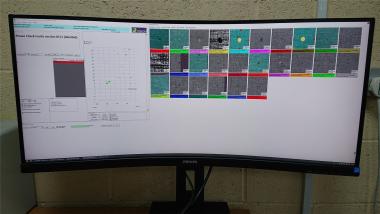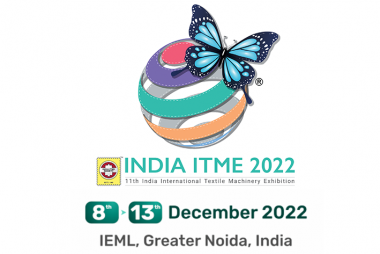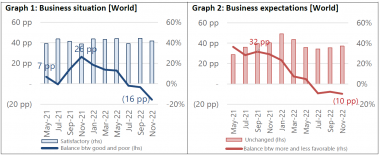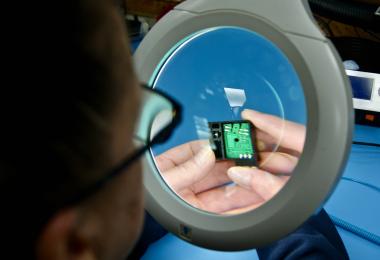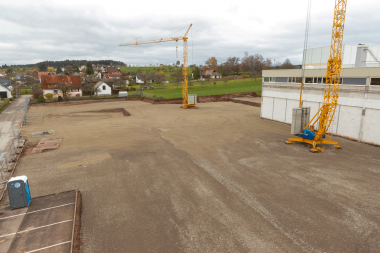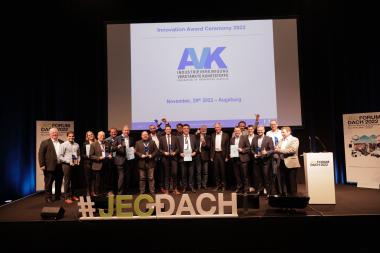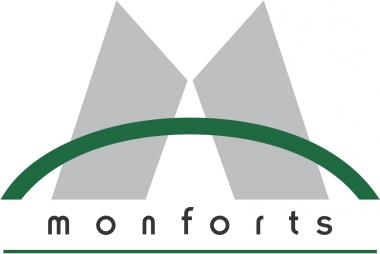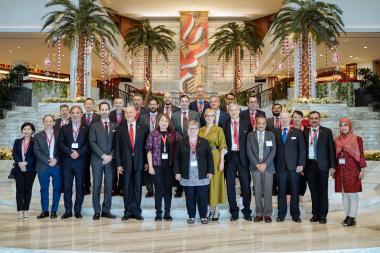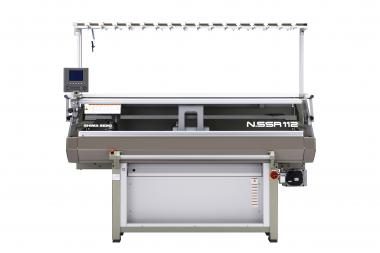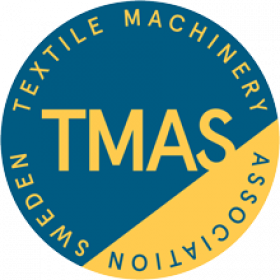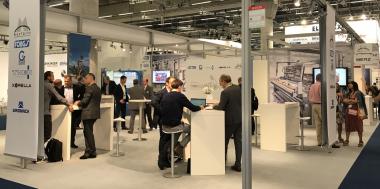Gunnar Meyer new Managing Director for Monforts
Gunnar Meyer has been assigned the new Managing Director of A. Monforts Textilmaschinen GmbH & Co. KG in Mönchengladbach, Germany, as of January 1st 2023.
He started his career with Monforts and has spent his whole working life in the textile machinery industry. Between 1985 and 2010 he was a key part of the Monforts team in various roles related to sales and commercial issues, including as General Sales Director. He returned to the company in 2019 after working for other well-known German textile machine manufacturers in the field of nonwovens.
“Working in other parts of the textile industry, I have gained a lot of experience in the management of complex technical textile projects and my special focus will certainly be on challenges like the current energy crisis, alternative heating systems and sustainable textile finishing,” stated Meyer.
AWOL for A. Monforts Textilmaschinen GmbH & Co. KG (9912)





